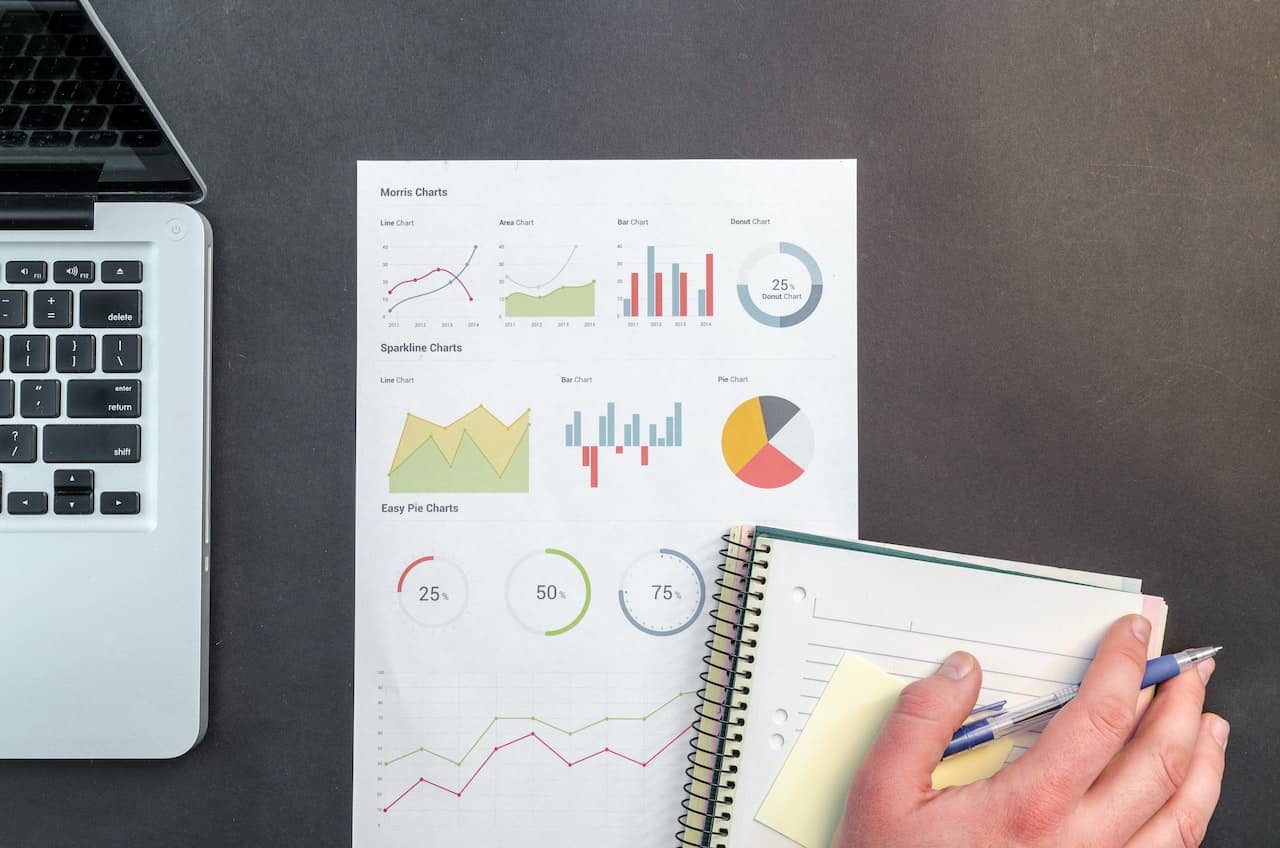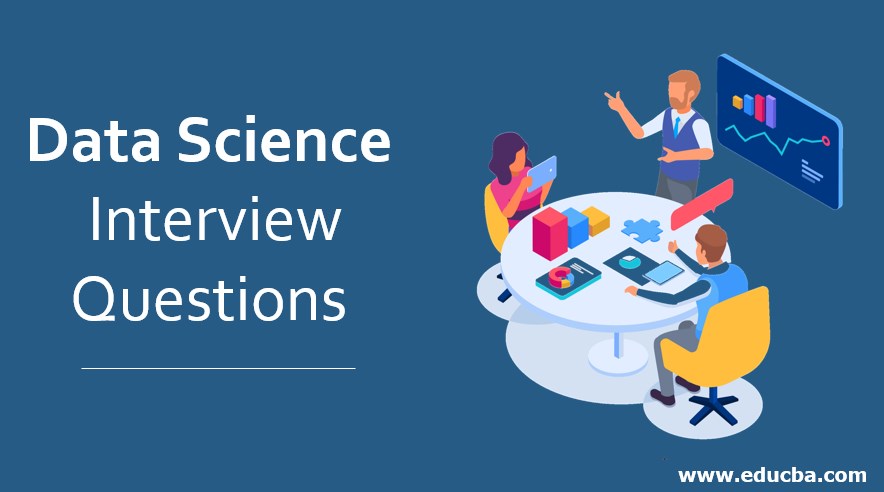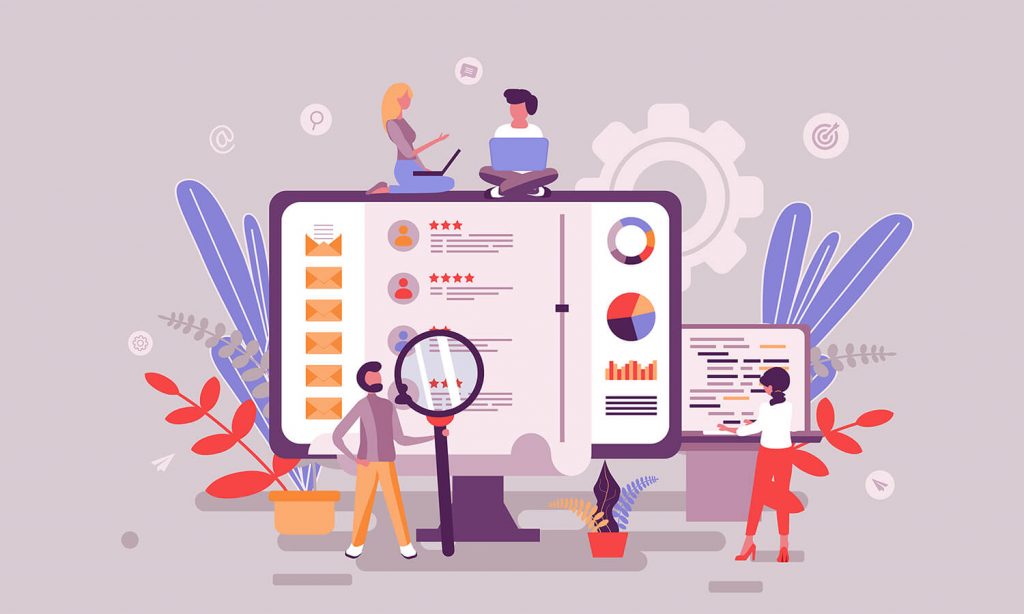Top Data Science Interview Questions
Published

Data science is an interdisciplinary field that evaluates and analyzes raw data and finds patterns that serve to gain valuable insights from it. Statistics , Computer Science , machine learning , Deep Learning , Data analysis , Data visualization and various other technologies form the central foundation of data science.
Over the years, data science has gained great importance due to the importance of data. Data is seen as the new oil of the future, which if analyzed and utilized properly can prove to be very beneficial for those involved. In addition, a data scientist gets the opportunity to work in various fields and solve practical real-life problems using modern technologies. The most common real-time application is fast food delivery in apps like Uber Eats, which show the delivery person the fastest possible route from the restaurant to the destination. Data science is also used in item recommendation systems on e-commerce websites like Amazon, Flipkart, etc. which recommend which item to buy to the user based on their search history. Data science is becoming increasingly popular not only in recommender systems but also in fraud detection applications to detect fraud in credit-based financial applications. A successful one Data Scientist is able to interpret data, innovate and unleash creativity while solving problems that help achieve business and strategic goals. That makes him one of the most lucrative professions of the 21st century.
If you want to acquire new data science skills or expand your existing skills, Skillshare is for you. Please click here to access Skillshare's learning platform and gain new insights into a wide variety of topics.
Data Science Interview Questions

Those : educba.com
In this post, we will cover the most frequently asked data science technical interview questions that will help aspiring as well as experienced data scientists.
1. What is meant by the term data science?
Data science is an interdisciplinary field that includes various scientific processes, algorithms, tools, and machine learning techniques that help find general patterns and extract meaningful insights from the given raw data using statistical and mathematical analysis.
- It starts with gathering business requirements and relevant data.
- Once the data is collected, it is maintained through data cleaning, data warehousing, data staging, and data architecture.
- The task of data processing is to explore the data, mine it and analyze it in order to finally create a summary of the insights gained from the data.
- Once the exploratory steps are completed, the cleaned data is subjected to various algorithms such as predictive analysis, regression, text mining, pattern recognition, etc. as required.
- In the final phase, the results are communicated to the company in a visually appealing form. This is where the capabilities of data visualization, reporting, and various business intelligence tools come into play.
2. What is the difference between data analysis and data science?
Data Science involves the task of transforming data using various technical analysis methods to produce meaningful insights that a data analyst can apply to their business scenarios. Data analysis deals with verifying the existing hypotheses and information and answers questions for a better and effective business-related decision-making process. Data science drives innovation by answering questions that create connections and answers to cutting-edge problems. Data analytics focuses on extracting current meaning from the existing historical context, while data science focuses on predictive modeling.
Data Science can be viewed as a broad field that uses various mathematical and scientific tools and algorithms to solve complex problems, while data analytics can be viewed as a specific field that deals with specific, focused problems using fewer tools of statistics and visualization used.
3. What techniques are used for sampling? What is the main advantage of sampling?
Data analysis cannot be performed on the entire data set at once, especially when dealing with larger data sets. Therefore, it is important to take some samples of data that are representative of the entire data set and then analyze them. It is very important to carefully draw samples from the large amounts of data that really represent the entire data set.
There are essentially two categories of sampling techniques based on the use of statistics, namely:
- Probability sampling method: Cluster sampling, simple random sampling, stratified sampling.
- Non-probability sampling method: Quota sampling, random sampling, snowball sampling, etc.
4. State the conditions for overfitting and underfitting
With overfitting, the model only works well on the sample training data. When new data is entered into the model, it does not produce any results. These conditions are due to low bias and high variance in the model. Decision trees are more prone to overfitting.
In the case of underfitting, the model is so simple that it is unable to detect the correct relationship in the data and therefore does not perform well on the test data either. This can happen due to high bias and low variance. Linear regression is more prone to underfitting.
5. Distinguish between long and wide format data
For long format data, each row of data represents a subject's unique information. Each subject would have its data in different/multiple rows. The data can be recognized by viewing rows as groups. This data format is most commonly used in R analysis and for writing to log files after each experiment.
For wide-format data, a subject's repeated responses are part of separate columns. The data can be discovered by viewing columns as groups. This data format is rarely used in R analyzes and is most commonly used in statistical packages for repeated measures ANOVAs.
6. What are eigenvectors and eigenvalues?
Eigenvectors are column vectors or unit vectors whose length/magnitude is equal to 1. They are also called right vectors. Eigenvalues are coefficients applied to eigenvectors, giving those vectors different values of length or size.
A matrix can be decomposed into eigenvectors and eigenvalues; this process is called eigenvalue decomposition. These are then ultimately used in machine learning methods such as PCA (Principal Component Analysis) to extract valuable insights from the given matrix.
7. What does it mean when the p-values are high and low?
A p-value is the measure of the probability that the results will be equal to or greater than the results obtained under a particular hypothesis if the null hypothesis is correct. It indicates the probability that the observed difference occurs by chance.
- A low p-value, i.e. H. Values ≤ 0.05, means that the null hypothesis can be rejected and the data with the true null is unlikely.
- A high p-value, i.e. H. Values ≥ 0.05, indicates strength in favor of the null hypothesis. It means that the data agrees with the true null hypothesis.
- A p-value = 0.05 means the hypothesis can go either way.
8. When is a repeat sample carried out?

Those : 365datascience.com
Resampling is a method of sampling data to improve accuracy and quantify uncertainty in population parameters. It is done to ensure that the model is good enough by training the model on different samples of a data set to ensure that variations are handled. It is also used in cases where models need to be validated against random subsets or when data point labels need to be replaced when running tests.
9. What do you mean by imbalanced data?
Data is said to be severely unbalanced when it is distributed unevenly across different categories. Such datasets introduce error in model performance and inaccuracy.
10. Are there differences between the expected value and the mean?
There are not many differences between these two, but it is worth noting that they are used in different contexts. The mean generally refers to the probability distribution, while the expected value is used in contexts involving random variables.
11. What do you understand by survivorship bias?
This bias refers to the logical error of focusing on aspects that survived a process and overlooking those that did not due to lack of prominence. This bias can lead to incorrect conclusions being drawn.
12. Define confounding variables.
Confounding variables are also known as confounders. These variables are a type of extraneous variables that affect both the independent and dependent variables, causing false association and mathematical relationships between the variables that are associated but not randomly related to each other.
Diploma

Those : analyticsinsight.net
These questions can be in your job interview be asked, but also not. That's why it's important that you take enough time to prepare for your interview, because every interview has the potential to develop its own dynamics.








